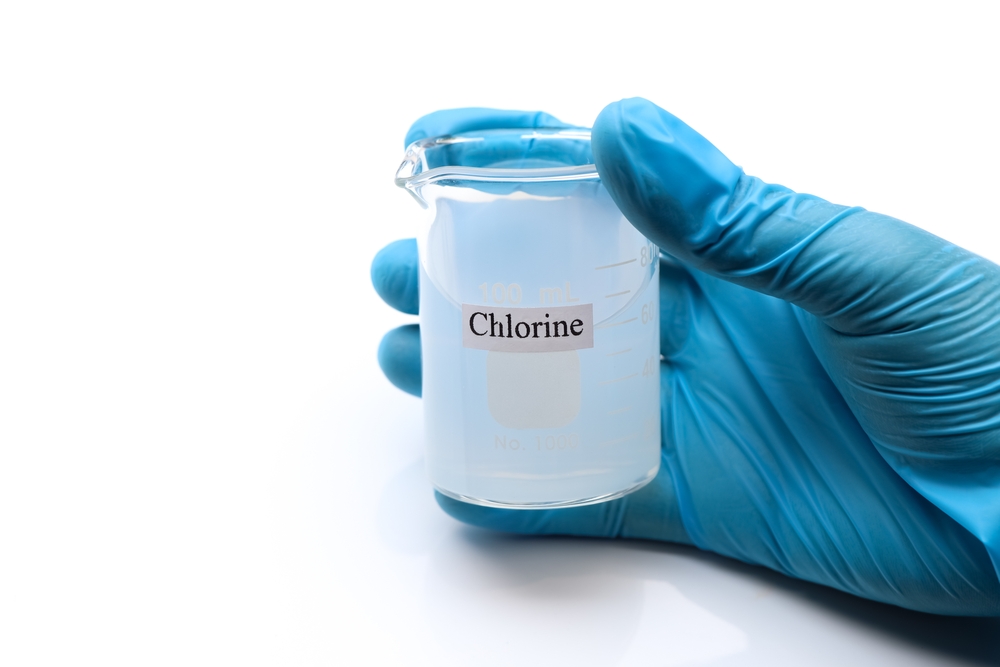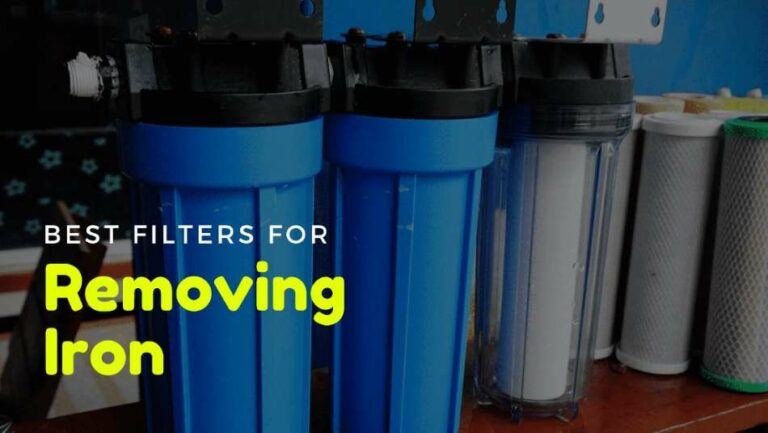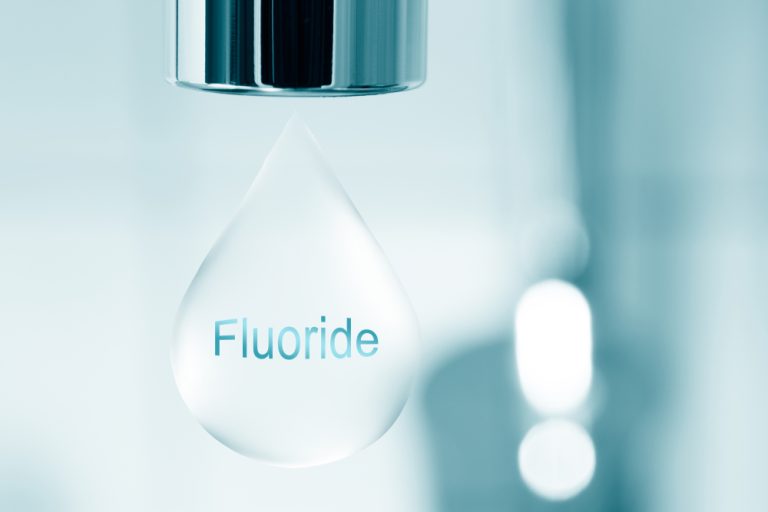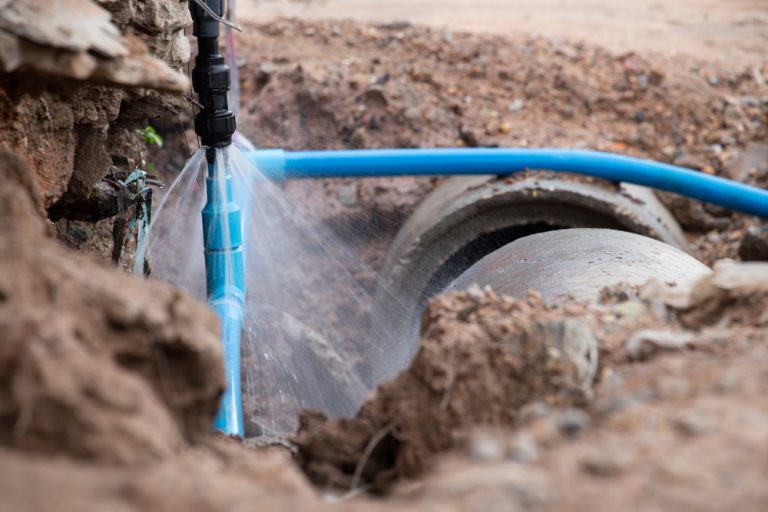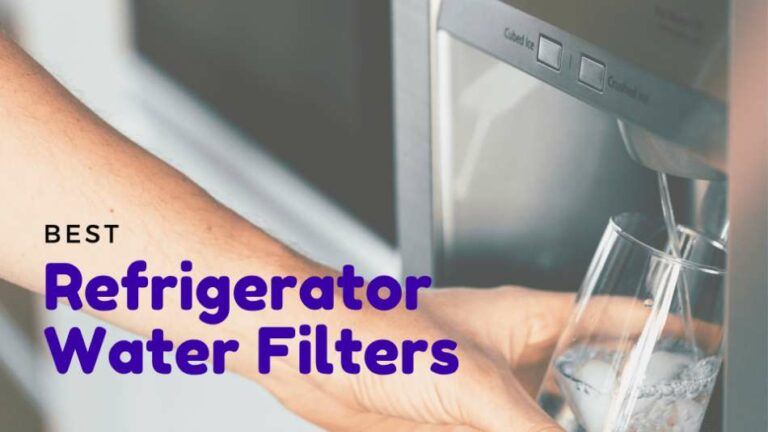Water Filters That Remove Chlorine
Does your drinking water taste like chlorine? Are you worried your family’s health might be at risk when drinking water with this much chlorine? Worry no more because there is always a solution to every problem, and there are water filters that remove chlorine.
There are many types of water filters. But, Reverse Osmosis Filters and Activated Carbon Filters are the only water filters that remove chlorine.
Chlorine In Water
Chlorine is one of the valuable elements in the periodic table with a chemical symbol of Cl and a molecular weight of 35.45. Chlorine has many forms. It can be solid, liquid, or gas.
Also, chlorine is commonly used as a disinfectant. It can kill bacteria and viruses in the right amount or concentration. So, it is beneficial in our everyday lives.
Chorine is then mixed with water in a specific concentration to kill those waterborne pathogens that cause diseases. It is always safe to drink water with chlorine, but of course with a controlled amount.
According to the Environmental Protection Agency (EPA), the National Standard for Drinking Water is allowing up to 4 milligrams per liter of chlorine concentration in water. Beyond this value, chlorine can be hazardous not only to humans but also to the surroundings.
The Health And Environmental Effects Of Chlorine
Chlorine contains toxins like trihalomethanes. So when a human body takes in too much chlorine, it can lead to respiratory illness, cancer, and heart diseases. Chlorine can also be a pollutant.
Discharging too much chlorine into the environment can damage the air, water, land, and people. It is also harmful to aquatic organisms, plants, and animals. We do not want this to happen, so let’s act now before it’s too late.
What Is A Water Filter?
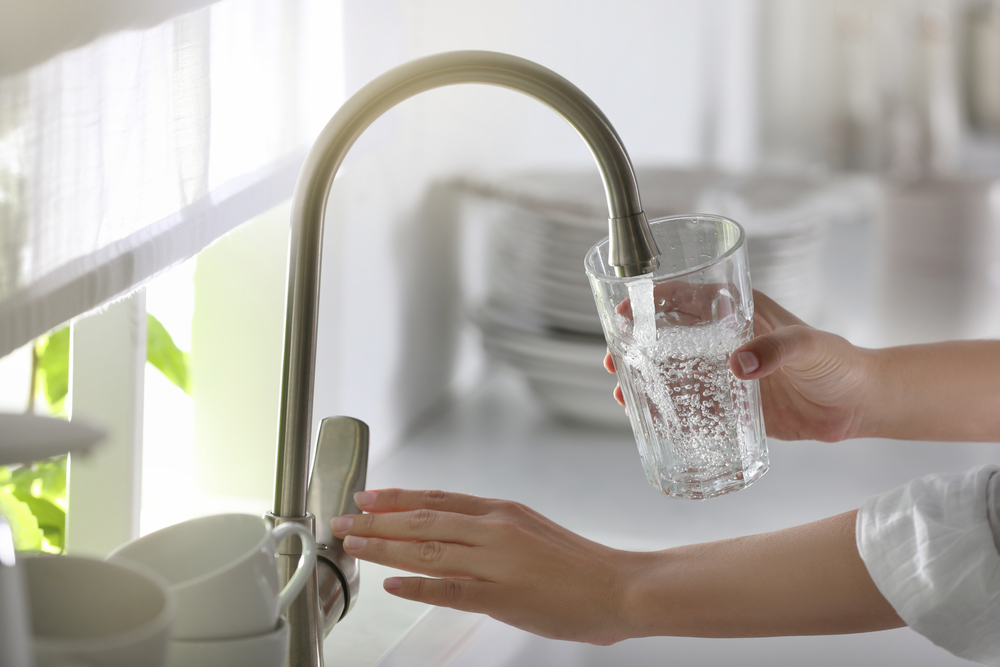
Water filters are used to remove or reduce water impurities such as hardness, suspended solids, dissolved minerals, color, odor, taste, and even bacteria and viruses. This is also called the water filtration process.
Water filters come in different types and forms. Manufacturers and industries around the world produce water filters. They are scientifically designed and made for a variety of applications.
Reverse Osmosis Filters
Reverse osmosis is a filtration process where water with a high concentration of dissolved minerals and nutrients are being forced to pass a filter membrane with a certain pressure. After the process, the output or product water will have a very low concentration of total dissolved solids (TDS).
How Does This Water Filter Remove Chlorine?
Chlorine is one of those dissolved minerals in the water. For example, your drinking water has a concentration of 20 milligrams per liter. When it passes through a reverse osmosis filter, the chloride ions are trapped inside the membrane. Only pure water will pass through. Meaning it will reduce or remove the amount of chlorine in the water, producing totally safe drinking water.
Cost, Installation, And Maintenance
Reverse osmosis filters or RO filters are available in the water treatment market. Although the cost is a little bit expensive, the quality of the water will surely exceed your expectations.
RO filters can be used in domestic, commercial, or industrial applications. The installation varies on how much your water requirement is. A typical household RO filter can produce at least 50 gallons per day of water.
Maintaining your RO filter is also easy to handle. When the quality of your water has a significant drop or the TDS is getting higher, it is time to change the RO membrane filter.
Activated Carbon Filters
An activated carbon filter is a water filter that contains carbon granules. They have different purity and sizes. A carbon filter is commonly composed of gravel, sand, and activated carbon. It is also a type of water filtration process.
How Does This Water Filter Remove Chlorine?
When water passes through an activated carbon filter, the chlorine ions adhere or stick to the surface of the carbon granules. This process is called the ion adsorption method. In case you didn’t know, an activated carbon filter can also remove the color, odor, and taste of drinking water.
Cost, Installation, And Maintenance
A carbon filter is the cheapest type of water filter that removes chlorine. It is always available in the water treatment market.
They can be used in either domestic, commercial, or industrial applications. Household carbon filters are also easy to install and come in different sizes depending on your water requirement or consumption. There are carbon filters that are so-called plug-and-play, meaning they are already assembled and ready to use.
And for maintenance, if you feel like it is not effective anymore, it is time to change the filter cartridge itself. Manufacturers will also typically have recommendations on when to replace these filters.
In Conclusion: Water Filters That Remove Chlorine
These two filters are definitely the best water filters that remove chlorine. Although their applications differ depending on water requirements. RO filters can be used for large applications and activated carbon filters are used for small applications. In general, these two water filters can produce a better quality of drinking water when they are used both and series to each other.
So, which water filter are you going to use first? Let us know your thoughts and why in the comments below!

